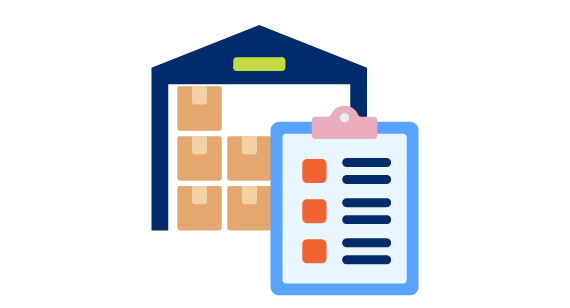GS1 Electronic Data Interchange (EDI) allows you to automatically process commercial, logistical or financial data with business partners. With GS1 EDI, you can send orders, delivery notes and invoices efficiently and automatically with a minimum of human intervention. EDI messages thus replace the exchange of commercial documents by post, e-mail or other channels requiring manual processing
The future of EDI and HO2C
As of 1 January 2026, all Belgian VAT-liable companies will be required to send and receive structured electronic invoices (e-invoices) within Belgium.
The Belgian government has defined one standard format for this: Peppol BIS. All structured electronic invoices must be sent via the PEPPOL network. This obligation is also known as the “first track”.
In addition (and not as a replacement), taxpayers may, with explicit mutual agreement, exchange invoices in another format that complies with the European standard for example, Harmonised Order to Cash v3.0. This alternative is considered a second track.
It is important to note that taxpayers may not completely opt out of the basic Peppol BIS standard. Everyone must be technically capable of both sending and receiving electronic invoices in the Peppol BIS format.





